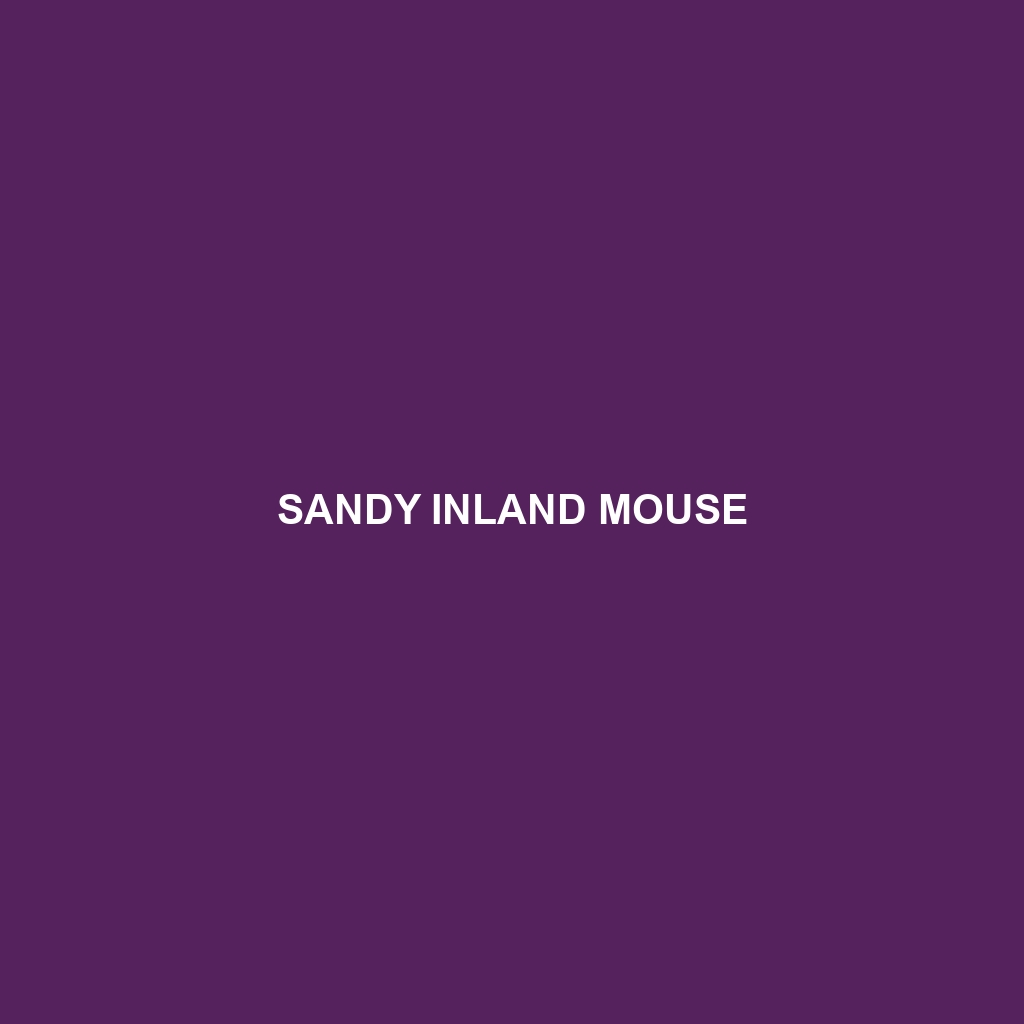Common Name: Plateau Zokor
Scientific Name: Myospalax baikalensis
Habitat:
The Plateau Zokor is primarily found in the mountainous regions of central Asia, particularly in upland grasslands and rocky slopes. This subterranean mammal thrives in well-drained, loose soils that facilitate its burrowing activities. It is commonly reported in countries such as China, Mongolia, and parts of Russia, where these unique environments provide a suitable habitat for its lifestyle.
Physical Characteristics:
The Plateau Zokor is an intriguing rodent, characterized by a robust body measuring approximately 25 to 30 centimeters in length. Its fur is dense and soft, typically featuring a brownish or grayish hue that helps it blend into its natural environment. Its distinctive short limbs and broad, shovel-like claws are crucial for digging, while its small eyes and ears minimize exposure to predators underground.
Behavior:
This species exhibits fascinating behaviors, particularly its burrowing habits. Plateau Zokors are known for creating extensive underground tunnel systems, which they use for foraging and nesting. They are primarily solitary creatures but may come together during the breeding season. Their nocturnal activity pattern helps them avoid daytime predators, making them adept at foraging for food in the dark.
Diet:
The diet of the Plateau Zokor consists mainly of plant material, including roots, tubers, and various types of grasses. These herbivorous rodents are known for their burrowing and foraging skills, which allow them to access underground food sources efficiently. Their feeding habits play a significant role in soil aeration and plant growth, making them important players in their ecosystems.
Reproduction:
Plateau Zokors typically breed once a year during the spring months, with litters ranging from 2 to 6 offspring. After a gestation period of about 30 days, the young are born in a nest located within the burrow system. The offspring are weaned after a few weeks and begin to explore outside the nest, gradually learning essential survival skills from their mother.
Conservation Status:
The Plateau Zokor is currently classified as vulnerable due to habitat destruction and fragmentation caused by human activities. Conservation efforts are essential to protect their natural habitats and ensure the survival of this unique rodent species.
Interesting Facts:
One fascinating fact about the Plateau Zokor is its ability to dig extensive tunnel systems that can be several kilometers long. These tunnels not only serve as homes but also as a network for finding food and escaping predators. Additionally, they can remain underground for long periods, which has earned them the title of “nature’s underground architects.”
Role in Ecosystem:
The Plateau Zokor plays a crucial role in its ecosystem by aiding in soil aeration and promoting plant growth through its foraging and burrowing activities. By consuming plant material, it helps maintain the balance of vegetation in its habitat, and as prey for various predators, it contributes to the food web in its environment.
